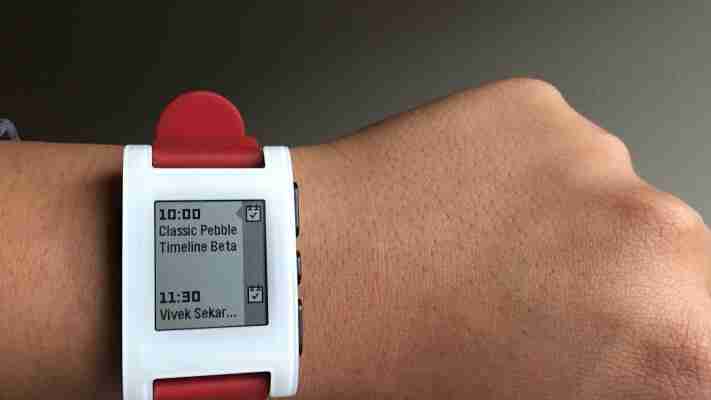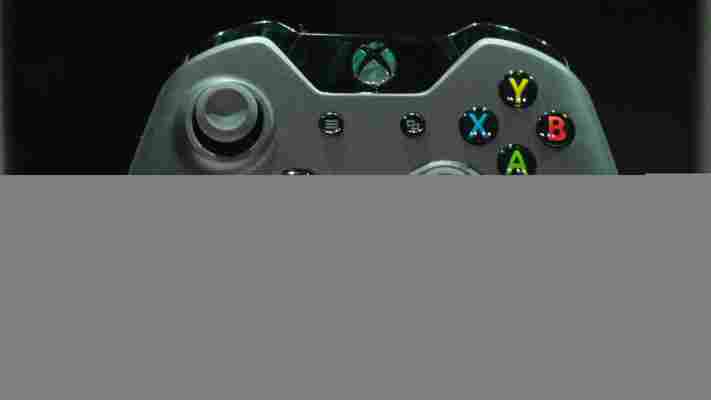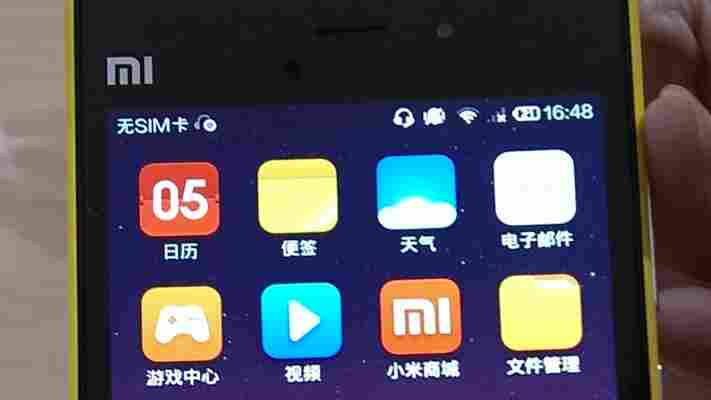The Pebble Time’s smartwatch UI is one of the best around, featuring slick animations and a nifty timeline feature to let you easily see past notifications or upcoming events.

Unfortunately, it wasn’t compatible with the company’s original smartwatch upon launch, but it looks like that’s about to change. The company today announced firmware 3.8 of its OS is coming to the Pebble Classic, which was the first popular smartwatch, and which a lot of people still use.
Aside from the new interface, Pebble’s also managed to remove the 8 simultaneous apps limitation, which is pretty impressive given the Classic uses less powerful hardware. Of course, you won’y be able to turn the Classic’s monochrome screen into color, and you’ll miss out on voice functionality.
Android users can give the new functionality a try now by joining a beta program before the wide release later this month. Pebble says Apple limits what they can do with their beta program, but the firmware will be available to iOS users as well when it hits the public.
➤ Timeline for Classic Pebbles Is Coming! Accepting Android Beta Testers Now [Pebble Blog]
Microsoft cuts Xbox One price to £399.99 in the UK, Titanfall bundle pre-orders to cost the same
Microsoft is cutting the price of the Xbox One to £399.99 in the UK, as it seeks to stimulate sales alongside its highly-anticipated first person shooter exclusive Titanfall.

The reduced price tag will take effect this Friday (February 28), exactly two weeks before the new title from Respawn Entertainment hits store shelves in the region. While stocks last, Microsoft will also throw in a free copy of Titanfall if you pre-order the title alongside a new Xbox One. That means you’re picking up the console for £30 less, with a full-price game (anywhere up to £50) for a grand total of £80 in savings.
The new Titanfall bundle will also be available in the US, although Microsoft will be sticking to its original price of $499 for the Xbox One.
While the Xbox One is selling well, in these early months it’s started lagging behind the PlayStation 4 in crucial markets such as the US . While sales figures for the UK haven’t been broken out, this would suggest Sony is building a significant lead – or that Microsoft is at least worried that it’s about to do so. Titanfall is arguably the Xbox One’s biggest exclusive so far, so it should come as no surprise that Microsoft wants to maximize its potential to tempt new customers away from its closest rival.
Read Next: Xbox One review: A multimedia extravaganza that also plays games / Why PlayStation 4 was the best-selling next-gen console in the US last month
Image Credit: GLENN CHAPMAN/AFP/Getty Images
Hands-on with the Xiaomi Mi-3 Android phone: Packed with impressive features but disappointingly plasticky
Chinese smartphone manufacturer Xiaomi released its third-generation phone today and the Mi-3 has not disappointed – it is packed with hardware features, which have seen it touting itself as the fastest-ever smartphone globally.

First impressions: the Mi-3 is extremely slim and light, given that its thickness comes in at a mere 8.1mm and it weighs only 145g. However, the rectangular phone is a bit clunky and a tad flimsy; even more so than Samsung’s (also-plastic) devices. The various colors of the plastic phone are also a bit garish and tend to cheapen it. Well – it is after all a plastic phone, and the design flaws are necessary sacrifices.
This may be solved in the near future though — Xiaomi’s founder Lei Jun took to the stage to promise to create a metal phone the next time.
In the meantime, the plastic Mi-3 will have to satisfy fans — and at first glance, it will do the job, what with its amazing features. The Mi-3 1080p screen, which is sourced from LG, is extremely responsive and the resolution very clear. As the Mi-3 runs on either Nvidia Tegra 4 or Qualcomm Snapdragon 800 processors, its performance is super high-speed. I played a car-racing game on the Mi-3 and was very impressed. The car in my game responded extremely well to how I tilted the phone, and the graphics were very real.
Xiaomi has also added a so-called “immersion” feature to Mi-3, but that took some getting used to – it seemed to vibrate every time my car moved in the game, though it was supposed to sync with certain highlights of the game.
Another nifty feature to Mi-3’s screen: even when your fingers are wet, or when you are wearing gloves during the harshest of winters and struggling to use your phone, Xiaomi’s latest screen lets you do so. I tried it wearing gloves, and the screen did respond though you needed to press harder, but the home button would not respond — which makes it a tad inconvenient.
Sony’s best camera is used in Xiaomi’s latest Mi-3. Compared to the Lumia 1020, Mi-3’s 13-megapixel camera seems a far way off. But it has added certain touches to make its camera more appealing — one of them is that it can automatically beautify your photos by detecting your gender and age (you don’t have to even lift a finger) – before you click the shutter. It made my skin look less patchy in general before I took the photo.
For this price point though (the 16GB version of the Mi-3 is going for CNY1,999 or about $327), you really cannot find another phone with the same specs, even though there is still much room for design improvements. For example, the Samsung Galaxy S4 costs more than double the amount at CNY5,199 ($850).
See more photos of the Mi-3 in the gallery below.
